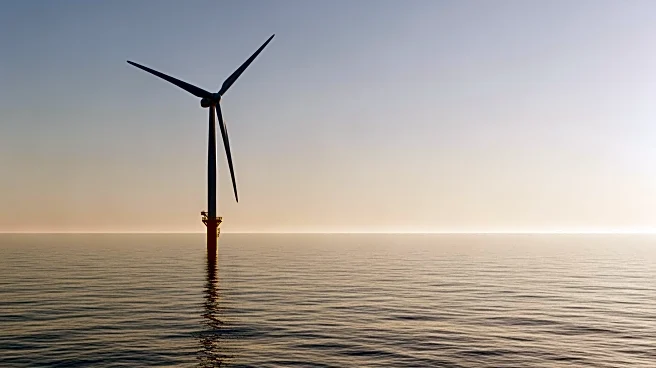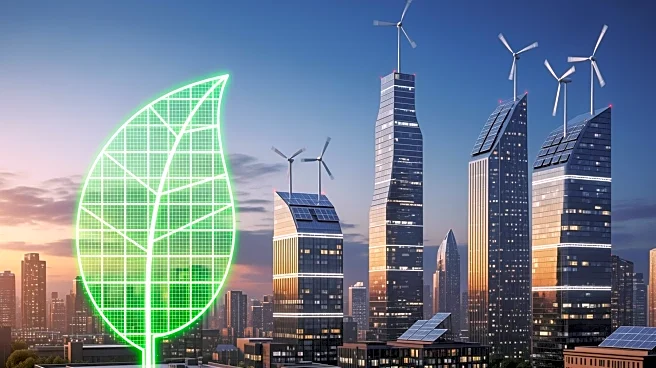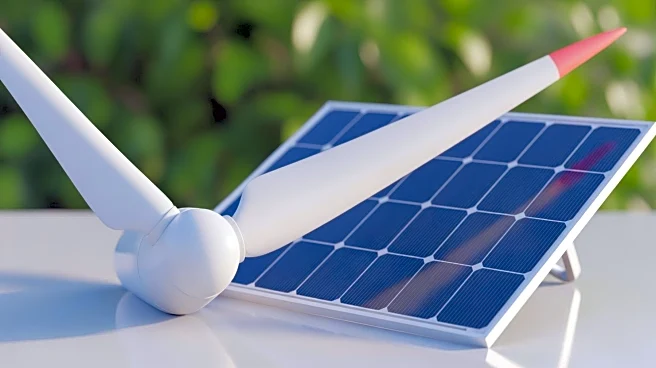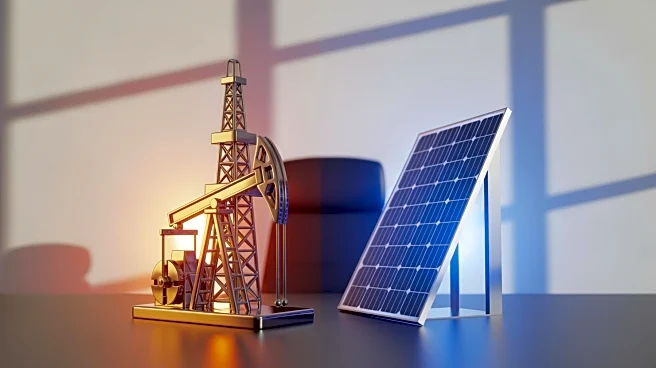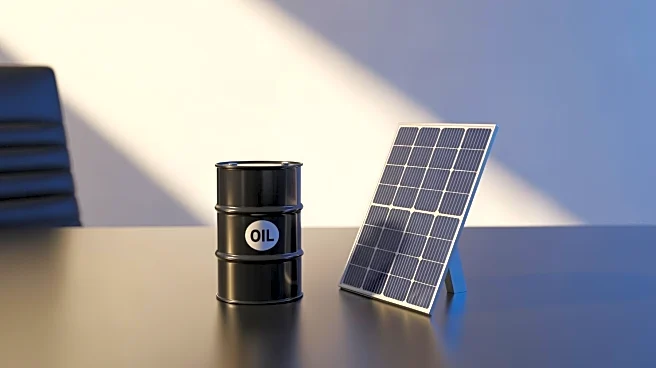What's Happening?
The Philippines has successfully secured its first fixed-bottom offshore wind project auctions, marking a significant step in the country's commitment to building a commercial offshore wind industry. The Green
Energy Auction Program Round 5 (GEA-5) confirms the release of the national pipeline by the end of the year, positioning the Philippines as a rising force in Asia's clean energy transition. The auction focuses on 3.3 gigawatts of fixed-bottom capacity planned for delivery between 2028 and 2030. This initiative represents a shift from exploration to a market-ready phase, emphasizing long-term offtake and commercial viability. The Department of Energy aims to move projects into construction sooner, delivering utility-scale clean power with fewer technical uncertainties.
Why It's Important?
The successful auction of fixed-bottom offshore wind projects is a pivotal moment for the Philippines' energy sector, as it aligns with the country's renewable energy targets and climate goals. By prioritizing fixed-bottom technology, the Philippines is investing in a proven and financeable form of offshore wind, which is crucial for attracting global capital and sparking local industry growth. This development strengthens energy security, creates high-skilled jobs, and supports the country's shift toward renewable energy targets of 35 percent by 2030 and 50 percent by 2040. The initiative also addresses longstanding permitting and regulatory challenges, providing clarity and transparency for developers and investors.
What's Next?
The Philippines is expected to release its national renewable energy and offshore wind pipeline before the end of 2025, mapping expected capacity additions and identifying future auction rounds. This pipeline will influence investment decisions and provide visibility for developers, investors, and other stakeholders. The government has introduced measures to tackle permitting challenges, and successful projects will depend on addressing environmental and social considerations. As the country moves forward with its offshore wind projects, it will continue to focus on grid integration and coordinated transmission planning to support multi-gigawatt development.


